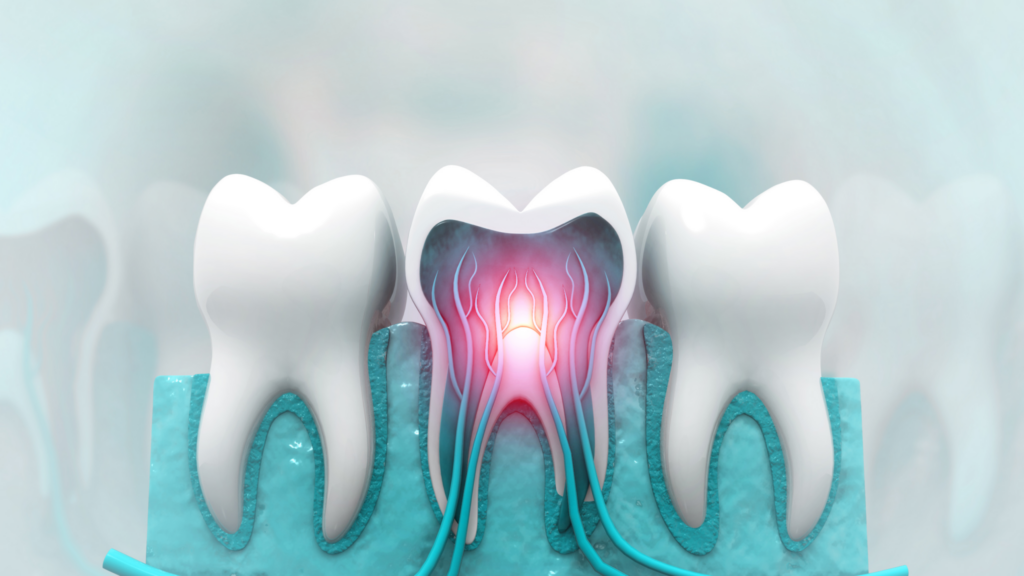
A new University of Michigan study has found that tooth nerves are more than just pain detectors — they also play a protective role that could have major implications for future dental treatments and innovations.
“When we consider regenerating a tooth pulp, we need to bring back the nerves.”
In a peer-reviewed paper published in Cell Reports, researchers showed that sensory neurons in mice teeth are “multitaskers.” These nerves can trigger a jaw-opening reflex within milliseconds to prevent further injury or damage.
“We suspected there was a more fundamental role for tooth nerves,” said senior author Dr. Joshua Emrick, assistant professor at the U-M School of Dentistry. “When we consider regenerating a tooth pulp, we need to bring back the nerves.”
‘Study challenges the prior assumption’
Using advanced live imaging and behaviour-tracking tools, the research team — made up of scientists from U-M’s departments of sensory neuroscience, dentistry and mechanical engineering — revealed that sensory neurons do more than detect pain. They actively monitor both the inner pulp and the outer enamel of the tooth.
By applying direct force to mouse teeth, the researchers tested the function of specific myelinated sensory neurons. They used genetic labelling strategies involving S100b and Scn10a — markers of myelinated somatosensory neurons — to uncover the role of intradental high-threshold mechano-nociceptors (HTMRs). In simpler terms, these are highly specialized neurons that detect dangerous mechanical forces and alert the brain in time to trigger protective reflexes.
“Our study challenges the prior assumption that nerves inside the tooth primarily function to elicit pain and force us straight to the dentist for help,” Emrick said. “If you’ve ever accidentally bitten down on your fork, you’ve probably experienced a startling jolt, but also stopped short of fracturing your teeth. You may thank these intradental HTMRs for that.”
Read related article: Our Responsibility: The Trigeminal Nerve
Read related article: Failed Mandibular Anaesthesia: Aberrant Nerve Pathways
Nerves signal action in milliseconds
The team observed that within 5 to 15 milliseconds of HTMR activation, a rapid jaw-opening reflex occurs — long before the conscious experience of pain kicks in. This automatic reaction helps prevent tooth fractures or deeper damage.
The findings challenge long-held assumptions that nerves inside the tooth primarily exist to cause pain and prompt visits to the dentist.
Implications for tooth regeneration
The study adds to a growing body of research on tooth innervation.
Read related article: Tufts researchers develop ‘smart’ dental implant to mimic natural teeth — next step, testing the brain
The researchers are now exploring what happens after HTMRs are activated, including long-term responses and potential applications in regenerative dentistry.

